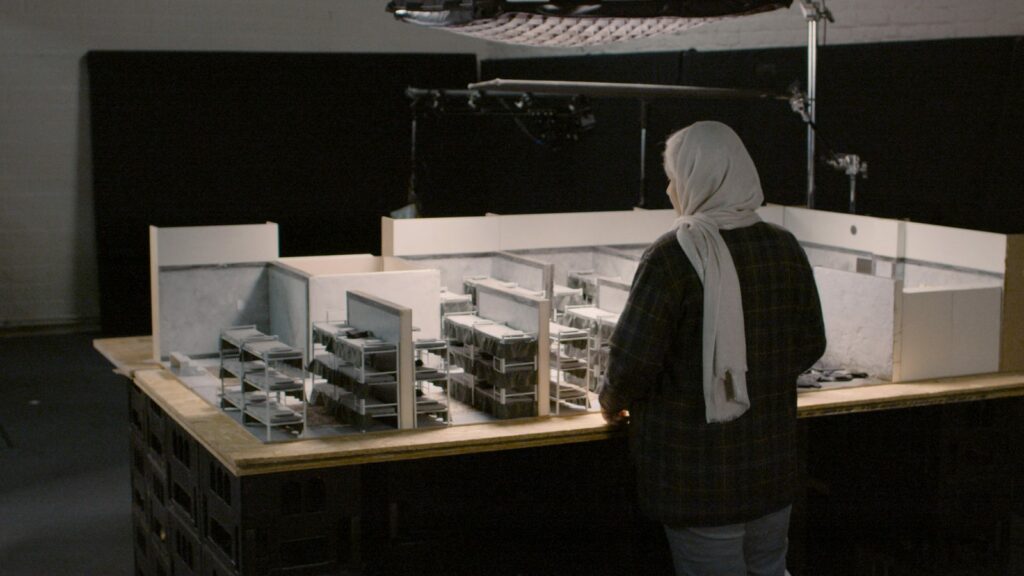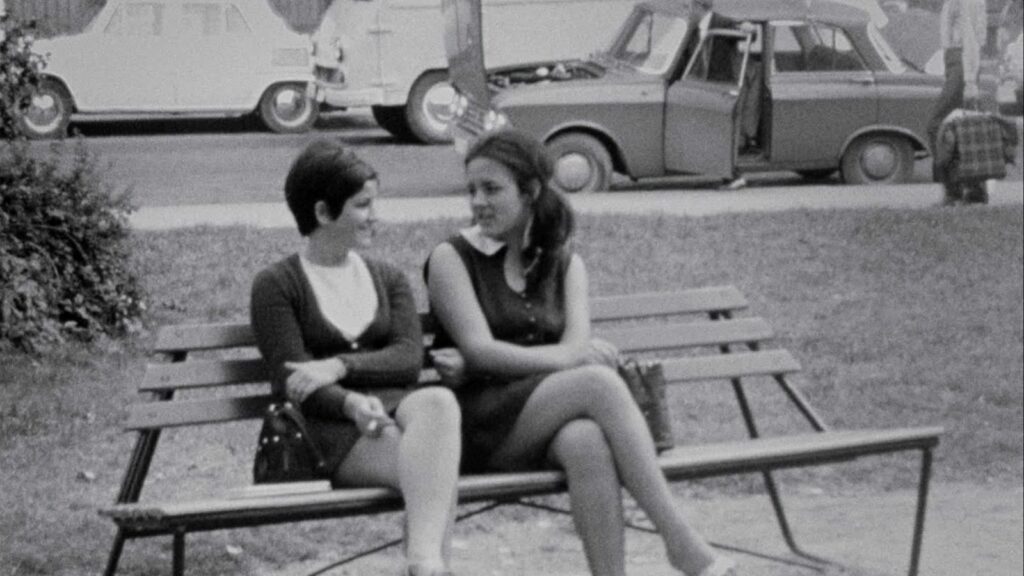Vancouver Foreign Film Society
SEVEN WINTERS IN TEHRAN Reviewed by Ian Merkel

Seven Winters in Tehran
Multiple Festival Awards
Berlin International Film Festival
2023 Winner Compass-Perspektive Award
Best Film
Seven Winters in Tehran is a documentary based on the secret filming of footage and taped recordings smuggled out of Iran to Germany. Reconstruction of many scenes were made in Germany, using mostly miniatures.
In the summer of 2007, Reyhaneh Jabbari, a young woman designer aged 19, was accused of murder while defending herself from rape. The scene of the crime is not shown but related by Reyhaneh through recordings and voice- overs of letters read by “Holy Spider” star Zar Amir-Ebrahimi. She too has fled Iran.
This is the description of what transpired:-
The man she had stabbed, Morteza Sarbandi, a well know Plastic Surgeon, approaches her after hearing a design conversation with a client on her mobile. He wants her to redesign his office. A meeting to view the office space is arranged, but on arrival she discovers the space is in his apartment. She suspects this was a ploy to get her to come to his home. After taking measurements He advances towards her and holds her with the intent to rape her. Fearing for her life, she finds a kitchen knife on a table, stabs him in the back, and manages to escape when a friend opens the door from outside. She returns home but does not tell her mother what happened.
Reyhaneh is held for almost a year and half both in a prison and in solitary confinement before a trial is ordered. Sarbandi, the man she has murdered is a former agent of the Iranian Ministry of Intelligence. and well connected. An interrogator is hired to interrogate her, apply torture to pressure her to confess to being a prostitute and a planned murder. During the first trial the Judge finds there is insufficient evidence, and orders further investigation into the facts of the case. He is then removed, and a second Judge is appointed to do another trial in Tehran. Reyhaneh is moved to another prison and eventually a second trial is held where she is found guilty. The punishment in Iran in these cases, is to have blood revenge administered by the victim’s family which would be execution, or the family can forgive. Sarbandi’s son who is now head of the family is tasked with either forgiving Reyhaneh or she will be executed with him and his family in attendance.
During the seven winters, Reyhaneh is held in prison the story is leaked from Germany and gains international focus. The family tries everything possible to get her release. At one point her younger sister is even arrested as an accomplice, when a sheath for a knife is planted under Reyhaneh’s bed during one of multiple searches at the family home. There are many scenes with her family relating the content of the recordings and letters. Reyhaneh refuses to change her statements and becomes a role model for woman prisoners and human rights of woman in Iran Together with her family and the media, they fight for her release, for Justice and Human rights.
This documentary by director Steffi Niederzoll is a remarkable achievement considering what she had to work with, taking into account poor recordings of phone calls and conversations, and secret filming, as well as recreation of scenes using miniature models to substantiate the facts. It is a complete documentary with unbiased feelings for not only the accused and the family of the accused, but also the perpetrator’s family, especially considering the corruption and treatment of the accused and the absurdity of an inhumane legal system and its laws.
BETWEEN REVOLUTIONS Reviewed by Ian Merkel

Relying totally on Archival Material, this documentary is an interesting analysis of the revolutions of 2 countries, who one would think, had not much in common. The Islamic Revolution took place in February 1979 with the fall of the Shah and the monarchy in Iran. The fall of communism in Romania with the overthrow of Nicolae Ceaușescu took place in December of 1989, almost 10 years later.
However, a little unknown piece of history, was that around the end of 1978 a cultural exchange had taken place,where Iranian students were allowed to study at Romanian universities. However, both countries were controlled by strong dictators, one of Imperialism and one of Communism, which can be the underlying the basis for change.
This cultural exchange is the basis of the friendship of Maria a Romanian university student studying to be a nurse and Zahra an Iranian Exchange student who was studying at the same university: The Bucharest Medical School. Their close friendship is narrated through letters and poetry that were exchanged between the two when Zhara returned to Iran in late 1978. Zhara has gone back to what she believes will be a new beginning for Iran with the Iranian Revolution, a change that she and her father had been fighting for many years. Little did they know that the hope of the revolution and freedom they were seeking would turn into the Islamic Revolution with Khomeini and religious domination. The footage shown with the masses at the end of 1978 showed little of head scarves and Hijabs. In contrast 10 years later, Romania has their revolution which does little for the hopes of the working class, Maria’s job opportunities, and empty shelves in the stores with the rise of Capitalism.
